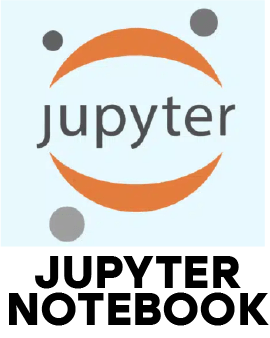1. What is Python?
Ans:
Python is a versatile and easy-to-learn programming language used for building websites, applications, automating tasks and working with data. Its simplicity, readability and wide range of capabilities make it a popular choice among beginners and professionals alike.
2. What makes Python unique compared to other programming languages?
Ans:
Python stands out because it is simple to understand, works across multiple platforms and supports various programming styles such as procedural, object-oriented and functional programming. It also provides an extensive set of tools and libraries that speed up and improve the efficiency of development.
3. What is the difference between dynamic typing and static typing?
Ans:
In static typing, you must explicitly declare the type of data a variable will hold before using it. Python, however, uses dynamic typing which means the language automatically determines the variable type at runtime, making coding faster and more flexible.
4. What are the common data types in Python?
Ans:
Python provides several basic data types including numbers, strings, lists, sets and boolean values. Depending on the requirements of the software, these data types enable developers to efficiently store and process various sorts of information.
5. How may a list be made in Python?
Ans:
A list in Python is the collection of items that can be modified, added to, or removed from. Lists are useful for storing multiple elements like numbers, text or other objects in a single structure, providing flexibility in organizing and managing data.
6. What is a tuple in Python?
Ans:
Similar to a list, a tuple is immutable, which means that once it is constructed, its contents cannot be altered. To ensure data stability and integrity, tuples are perfect for storing data that should not change during the application.
7. How does a list differ from a tuple?
Ans:
The primary distinction between a tuple and a list is that a tuple cannot be altered once it has been created whereas a list may be altered allowing you to change its contents. Lists provide flexibility, whereas tuples provide consistency and reliability.
8. How may a dictionary be made in Python?
Ans:
A dictionary is a data structure in Python that stores information as key-value pairs. Every key has distinct mapping to a particular value, making dictionaries useful for quick lookups and organizing data in a structured format, similar to a mini database.
9. What types of inputs can Python functions accept?
Ans:
Python functions support multiple ways of receiving input, including positional arguments, default values and named (keyword) arguments. This flexibility allows developers to create functions that are versatile and easy to use in different scenarios.
10. What does object-oriented programming mean in Python?
Ans:
Object-oriented programming in Python involves using objects to organize code, combining data and functions into reusable structures. This approach improves code organization, maintainability and reusability making it easier to manage complex programs efficiently.





















